Emergency Pet Care: What to Do When Your Pet Gets Hurt
Emergency Pet Care: What to Do When Your Pet Gets Hurt
Witnessing your pet sustain an injury triggers instant panic. Yet, staying calm and acting swiftly with proper first aid can significantly impact their recovery. Here’s a structured approach to handling common pet emergencies before reaching veterinary care:
Critical First Steps
Ensure Safety First: Restrain your pet gently with a towel or leash if needed to prevent bites (even from normally docile animals in pain). Muzzle only if breathing isn’t labored.
Assess the Situation: Quickly identify the type and severity of injury without moving the pet excessively. Check for:
Uncontrolled bleeding
Difficulty breathing
Signs of pain (whining, aggression, trembling)
Obvious fractures or paralysis
Contact Your Vet/ER Immediately: Call ahead while administering first aid. They can provide real-time guidance and prepare for your arrival.
Handling Specific Emergencies
1. Severe Bleeding
Action: Apply direct, firm pressure to the wound using sterile gauze or a clean cloth. Maintain pressure for 3-5 minutes.
Do NOT: Use tourniquets unless absolutely necessary (life-threatening limb bleed) and instructed by a vet. Note the time applied.
Next Step: Keep pressure on during transport. Elevate the wound if possible.
2. Suspected Poisoning
Action: Identify the toxin if possible (bring container/plant sample). Do NOT induce vomiting unless explicitly instructed by a vet or poison control.
Resource: Call ASPCA Animal Poison Control (888-426-4435) or Pet Poison Helpline (855-764-7661) immediately.
Next Step: Transport carefully, preventing aspiration if vomiting occurs.
3. Fractures or Suspected Broken Bones
Action: Minimize movement. Do NOT attempt to splint unless absolutely necessary for transport and you are trained. Improper splinting causes more damage.
Alternative: Carefully slide your pet onto a rigid surface (board, firm blanket) for support.
Next Step: Transport with minimal jostling.
4. Burns (Thermal or Chemical)
Action: Flush thermal burns with cool (not icy) running water for 5-10 minutes. For chemical burns, flush extensively with water (wear gloves).
Do NOT: Apply ice, ointments, or butter.
Next Step: Cover loosely with a sterile non-stick gauze pad.
5. Choking
Signs: Gagging, pawing at mouth, blue-tinged gums, distress.
Action:
If conscious: Carefully open the mouth and attempt to remove the visible object only if easily reachable with tweezers. Avoid pushing it deeper.
Heimlich Maneuver (Dogs): Place fists just behind the ribcage, thrust upwards and inwards sharply.
Heimlich (Cats/Small Pets): Hold spine against your chest; thrust upwards with fingers below the ribcage.
Next Step: Proceed to vet immediately, even if object is dislodged.
Building Your Pet First Aid Kit
Be prepared with these essentials:
Sterile gauze pads & rolls
Self-adhering bandage (e.g., Vetrap)
Adhesive tape (paper/medical)
Antiseptic solution (e.g., diluted chlorhexidine)
Blunt-tipped scissors
Tweezers
Digital thermometer (pet-specific)
Disposable gloves
Saline eye flush
Emergency vet contact numbers
Muzzle (properly fitted)
Blanket/towel for restraint/stabilization
Crucial Limitations of Home Care
Pet first aid is NOT a substitute for veterinary medicine. Its sole purpose is to stabilize life-threatening conditions and minimize further injury until professional care is available. Always:
Seek Veterinary Attention: Even seemingly minor injuries can have complications.
Avoid Medication: Never administer human painkillers (e.g., ibuprofen, acetaminophen) without explicit vet instruction – many are fatal to pets.
Prioritize Transport: Focus on safe, swift transport over complex interventions.
Knowing these essential steps empowers you to act decisively during a pet emergency. Preparation, a well-stocked kit, and immediate veterinary consultation are your pet’s best lifeline. Regularly refresh your knowledge through certified pet first aid courses.
Remember: Your calmness and preparedness directly contribute to your pet’s chance of a full recovery. Keep your vet’s emergency number accessible at all times!

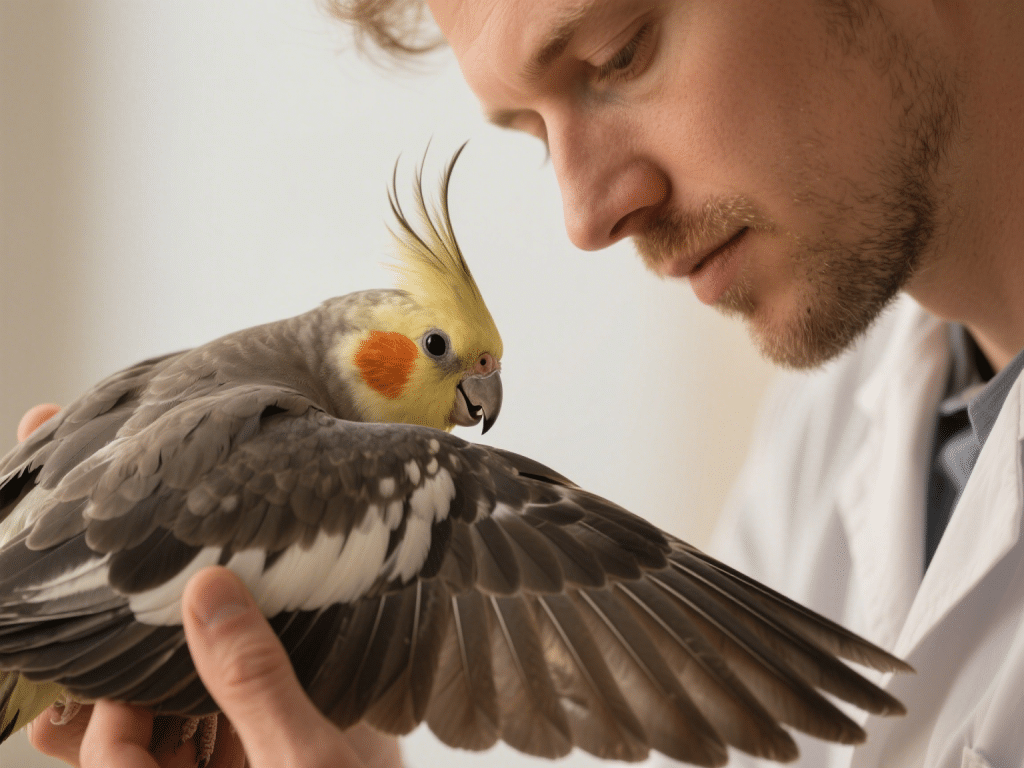
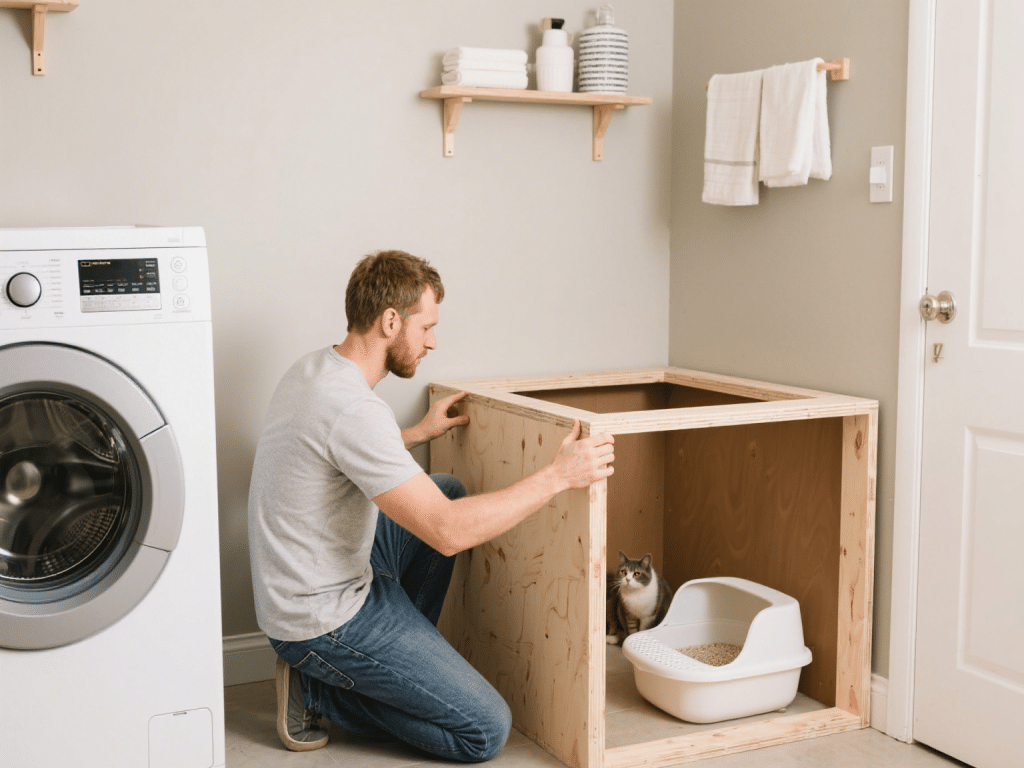

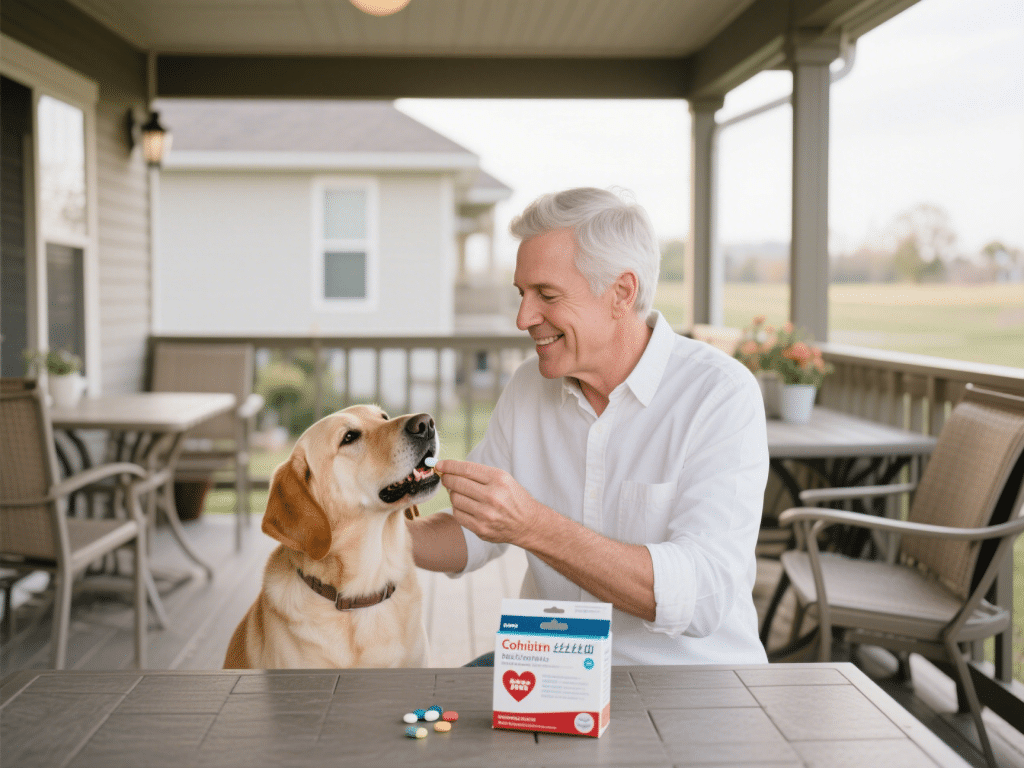
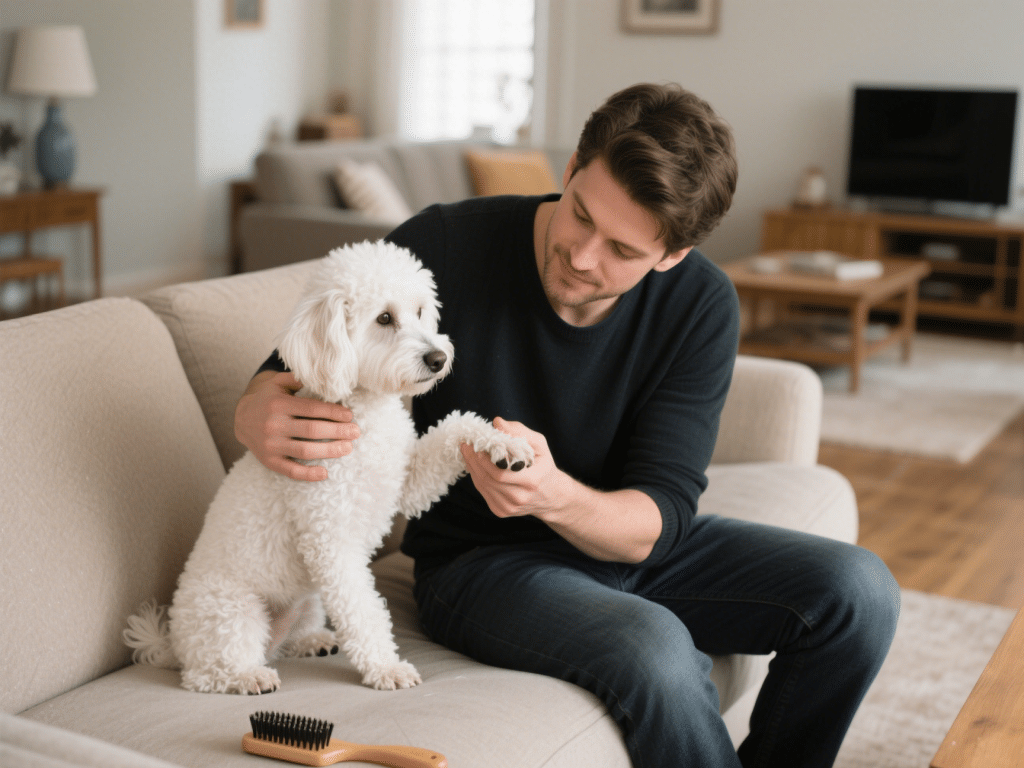

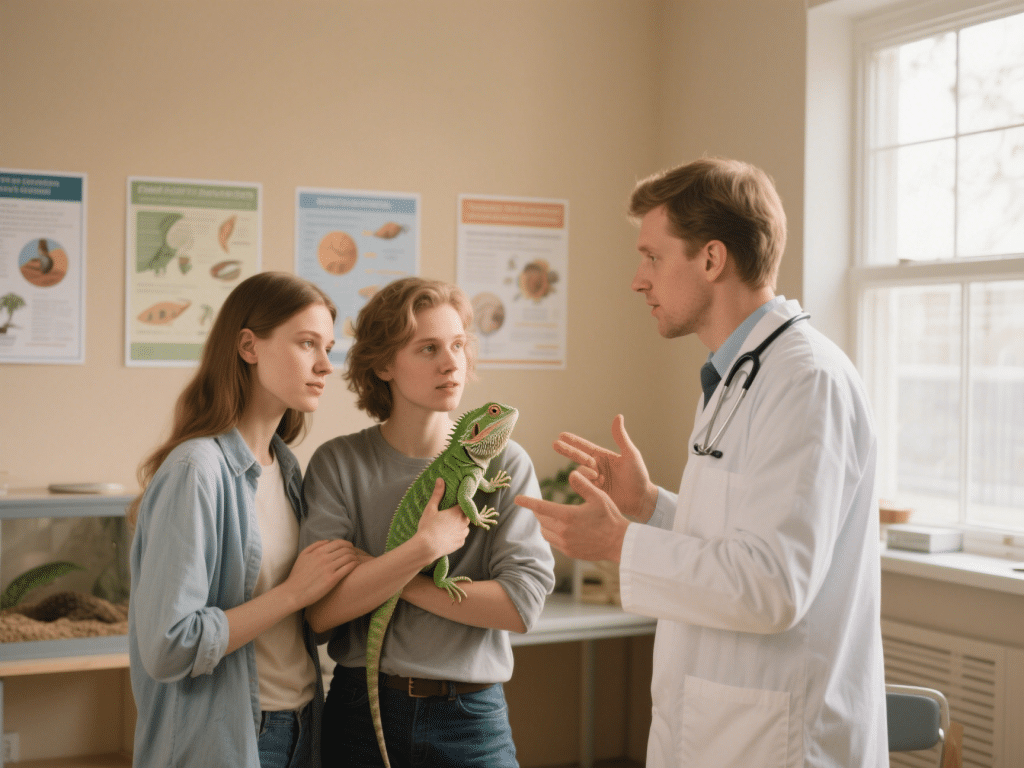
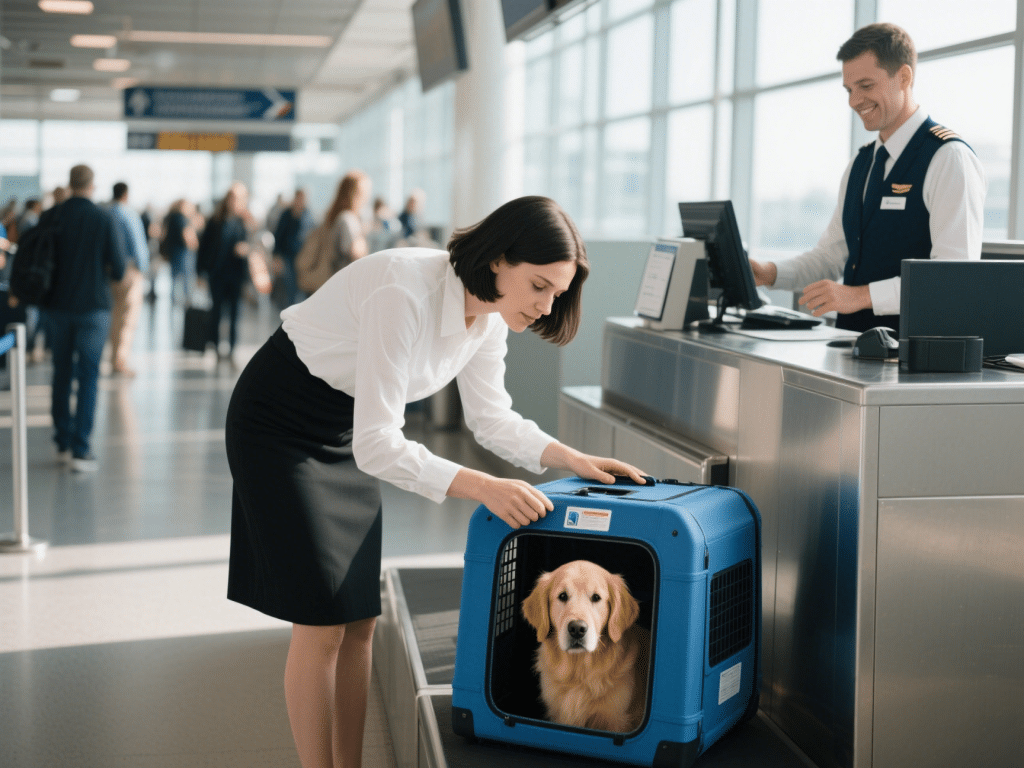
Comments on "Emergency Pet Care: What to Do When Your Pet Gets Hurt" :